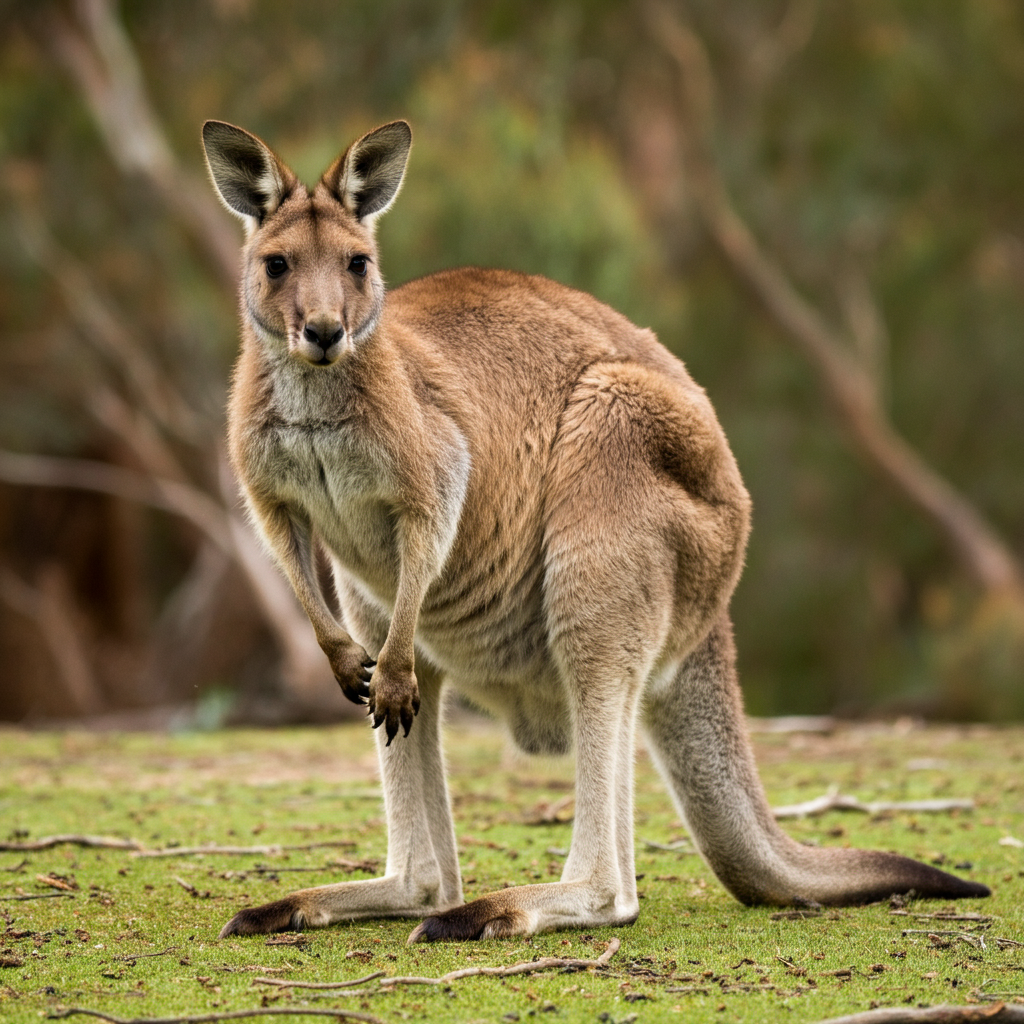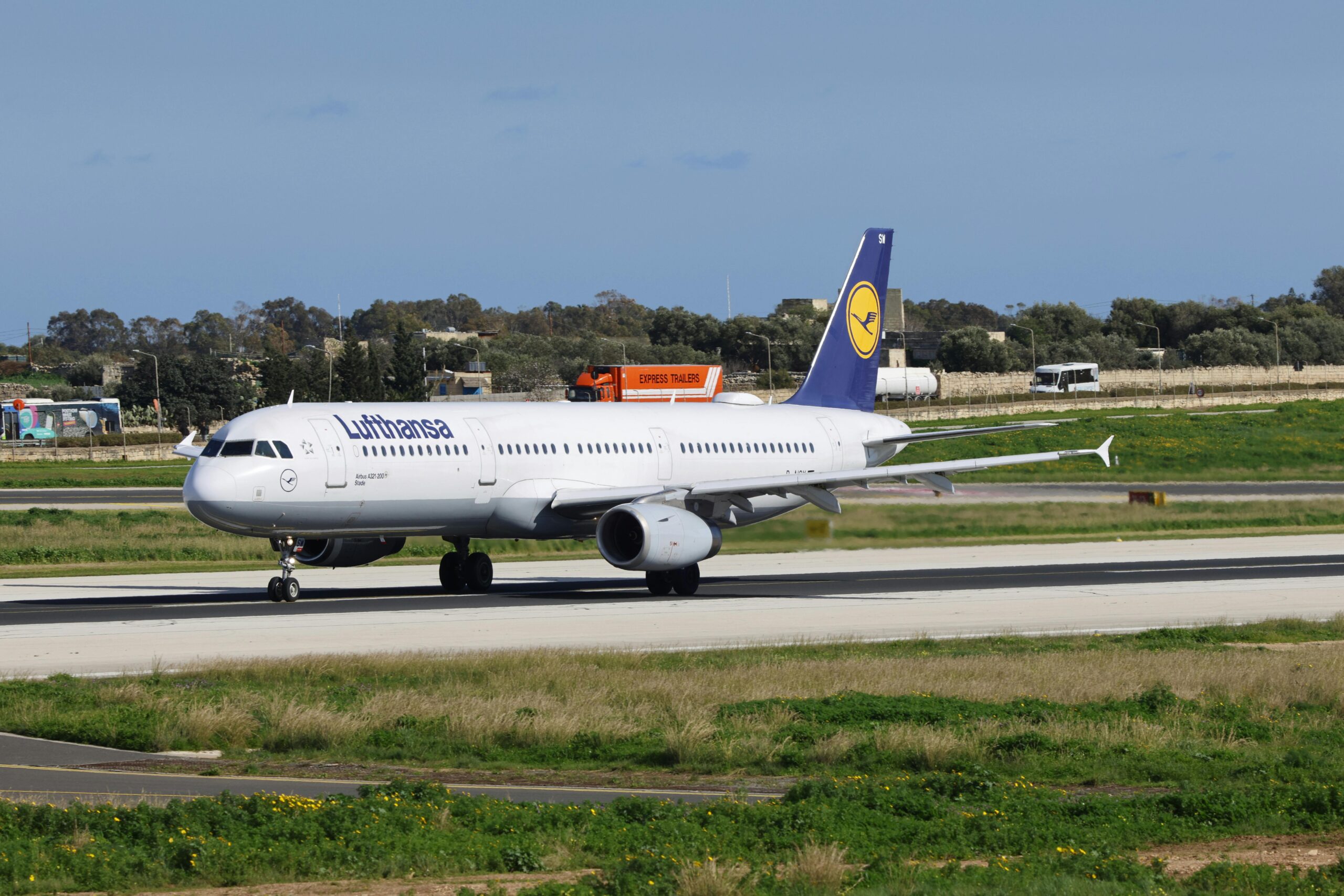Australia, with its diverse landscapes, unique ecosystems, and rich biodiversity, is a dream destination for nature lovers and wildlife enthusiasts. From the vast red deserts of the Outback to the lush rainforests of the north and the stunning coastal regions teeming with marine life, Australia offers unparalleled opportunities for wildlife watching. Whether you’re hoping to spot kangaroos bounding across open plains, witness a koala lazily snoozing in a eucalyptus tree, or snorkel with sea turtles along the Great Barrier Reef, Australia’s wild side is full of unforgettable encounters.
But as with any wildlife experience, knowing where to go, how to observe animals responsibly, and ensuring that your visit is ethical are crucial to making the most of your adventure. In this guide, we’ll provide you with insights on the best national parks and wildlife reserves for spotting Australia’s unique creatures and share essential tips for ethical wildlife encounters.
1. Best National Parks and Wildlife Reserves for Wildlife Watching
Australia’s network of national parks and wildlife reserves provides countless opportunities to observe its fascinating fauna in their natural habitats. Here are some of the top destinations where you can immerse yourself in the wild and catch glimpses of Australia’s iconic species.
Kakadu National Park (Northern Territory)
Kakadu National Park is a UNESCO World Heritage Site and one of the most biodiverse areas in Australia. Covering nearly 20,000 square kilometers, Kakadu is home to an incredible variety of ecosystems, including wetlands, floodplains, and monsoon forests. This diversity provides the perfect habitat for hundreds of species, from saltwater crocodiles to wallabies and over 280 species of birds.
- Wildlife to Spot: Saltwater crocodiles, wallabies, dingoes, goannas, jabirus (black-necked storks), and magpie geese.
- Best Time to Visit: During the dry season (May to October) when wildlife congregates around water sources, making them easier to spot.
Pro Tip: Take a Yellow Water Billabong cruise at sunrise or sunset to witness some of the best wildlife action, including crocodiles basking on the banks and vibrant birdlife.

Kangaroo Island (South Australia)
Just off the coast of South Australia, Kangaroo Island is a haven for wildlife. Known as Australia’s ‘Galapagos,’ this island boasts pristine beaches, bushland, and dramatic cliffs, all home to an abundance of native animals. With many species thriving here in relative isolation, Kangaroo Island is an excellent place to see wildlife in their natural habitat.
- Wildlife to Spot: Kangaroos, koalas, sea lions, echidnas, and goannas.
- Best Time to Visit: Wildlife can be seen year-round, but the cooler months (March to November) provide excellent opportunities to spot kangaroos and koalas in the wild.
Pro Tip: Visit the Seal Bay Conservation Park to see a colony of Australian sea lions lounging on the beach. Take a guided tour to get up close and learn about their conservation.

Daintree Rainforest (Queensland)
The Daintree Rainforest, located in Far North Queensland, is the world’s oldest tropical rainforest and a hotspot for biodiversity. It’s one of the few places in the world where the rainforest meets the sea, and its thick canopy is home to a wide range of unique species that can’t be found anywhere else.
- Wildlife to Spot: The rare and endangered cassowary, tree kangaroos, sugar gliders, and Boyd’s forest dragons.
- Best Time to Visit: The dry season (May to September) is the most comfortable time for wildlife viewing as the temperature is cooler and the rain is less frequent.
Pro Tip: Look out for the Southern Cassowary, a large, flightless bird known for its striking blue and black feathers. Cassowaries are elusive but can often be spotted along the walking trails in the Daintree.

Great Barrier Reef (Queensland)
Australia’s Great Barrier Reef is not just famous for its vibrant coral reefs—it’s also home to an incredible array of marine life. Spanning more than 2,300 kilometers along the Queensland coast, the reef offers some of the best snorkeling and diving experiences in the world, where you can observe sea creatures in their natural underwater habitats.
- Wildlife to Spot: Green sea turtles, manta rays, reef sharks, clownfish, and giant clams.
- Best Time to Visit: Visit from June to November for optimal marine wildlife sightings, when the water is clear and temperatures are mild.
Pro Tip: Take a guided snorkeling or diving tour to experience the best of the reef and learn about its fragile ecosystem. If you’re lucky, you might even spot whale sharks or the annual humpback whale migration between June and September.
Tasmania’s Wilderness World Heritage Area (Tasmania)
Tasmania is often referred to as a wildlife paradise, thanks to its remote and unspoiled natural environments. The island’s Wilderness World Heritage Area covers about one-fifth of Tasmania and is home to many rare and endemic species, including the famous Tasmanian devil.
- Wildlife to Spot: Tasmanian devils, wombats, pademelons, and platypuses.
- Best Time to Visit: Wildlife can be seen year-round, but the cooler months (April to October) are ideal for seeing the Tasmanian devil in action.
Pro Tip: Visit Cradle Mountain-Lake St Clair National Park, where you’ll have a high chance of spotting wombats and echidnas along the hiking trails. You can also stay overnight at a nearby lodge for a more immersive wilderness experience.

2. Tips for Ethical Wildlife Encounters
While observing wildlife in Australia’s stunning national parks and reserves, it’s essential to follow ethical practices that ensure the protection of the animals and their habitats. Here are some tips for making sure your wildlife encounters are respectful and sustainable.
1. Keep a Safe Distance
It’s tempting to get as close as possible for that perfect photo, but always maintain a safe distance from wildlife. Getting too close can disturb the animals and even put you at risk, especially when it comes to species like kangaroos or crocodiles.
Tip: Use binoculars or a telephoto lens to observe animals up close without intruding on their space.
2. Follow Park Guidelines
Each national park or wildlife reserve in Australia has specific rules and guidelines designed to protect wildlife. Make sure you’re familiar with these regulations, which might include staying on designated trails, not feeding animals, and respecting protected areas.
Tip: Always travel with an accredited guide when exploring remote or sensitive areas, as they will have a deeper understanding of the local environment and know how to minimize disturbance to wildlife.
3. Do Not Feed the Animals
Feeding wild animals can lead to dependency on human food, cause health problems for the animals, and even make them more aggressive. It’s important to observe animals in their natural behavior and not interfere with their diet or habits.
Tip: Enjoy watching animals forage for food in their natural habitat instead of attempting to interact with or feed them.
4. Be Quiet and Respectful
Wild animals are naturally wary of humans, and loud noises can frighten them or cause stress. When you’re wildlife watching, try to stay quiet and move slowly to avoid startling the animals. This will also increase your chances of observing more natural behaviors.
Tip: Turn off any noisy electronics, such as phones or cameras, and speak in low voices when in proximity to animals.
5. Choose Eco-Friendly Tours
If you’re going on a guided wildlife tour, choose companies that prioritize sustainability and environmental conservation. Look for certifications or affiliations with conservation organizations that ensure the tour is committed to ethical wildlife viewing practices.
Tip: Support eco-certified tours that minimize their environmental footprint, help with conservation efforts, and contribute to the protection of local wildlife.
3. Capturing the Moment: Wildlife Photography Tips
A safari in Australia offers a once-in-a-lifetime chance to capture the beauty of the wild on camera. Here are some essential wildlife photography tips to help you document your experience.
- Use a Telephoto Lens: A lens with a focal length of 300mm or more is ideal for wildlife photography, allowing you to get detailed shots without disturbing the animals.
- Be Patient: Wildlife photography requires patience. Wait for the perfect moment when animals are behaving naturally, whether it’s a kangaroo mid-leap or a koala munching on eucalyptus leaves.
- Focus on the Eyes: The eyes of animals convey emotion and energy. Make sure the eyes are in focus to create a more powerful and engaging photograph.
- Shoot During Golden Hour: Early morning and late afternoon provide soft, golden light that is ideal for photographing wildlife. The natural lighting enhances the colors and textures of both the animals and their surroundings.
4. Final Thoughts: Embrace Australia’s Wild Side
Australia’s wild landscapes offer some of the most memorable wildlife experiences in the world. From spotting kangaroos bounding across open plains to diving alongside sea turtles on the Great Barrier Reef, every moment is an opportunity to connect with nature and witness the incredible diversity of life.
Whether you’re exploring Kakadu’s wetlands or trekking through Tasmania’s wilderness, it’s important to approach wildlife watching with respect and care. By following ethical practices and supporting conservation efforts, you can ensure that these majestic creatures and their habitats remain protected for future generations.
We’d love to see your wildlife adventures! Share your best wildlife photos with us using the hashtag #WentWorldWildlife, and let’s celebrate Australia’s wild side together.
Related stories:
Catch up on the top stories and travel deals by subscribing to our newsletter!












Leave a Reply